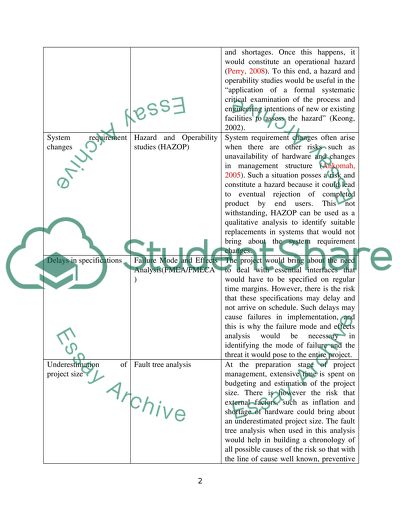Cite this document
(“Risk Management Coursework Example | Topics and Well Written Essays - 2000 words”, n.d.)
Risk Management Coursework Example | Topics and Well Written Essays - 2000 words. Retrieved from https://studentshare.org/other/1401488-risk-management
Risk Management Coursework Example | Topics and Well Written Essays - 2000 words. Retrieved from https://studentshare.org/other/1401488-risk-management
(Risk Management Coursework Example | Topics and Well Written Essays - 2000 Words)
Risk Management Coursework Example | Topics and Well Written Essays - 2000 Words. https://studentshare.org/other/1401488-risk-management.
Risk Management Coursework Example | Topics and Well Written Essays - 2000 Words. https://studentshare.org/other/1401488-risk-management.
“Risk Management Coursework Example | Topics and Well Written Essays - 2000 Words”, n.d. https://studentshare.org/other/1401488-risk-management.


